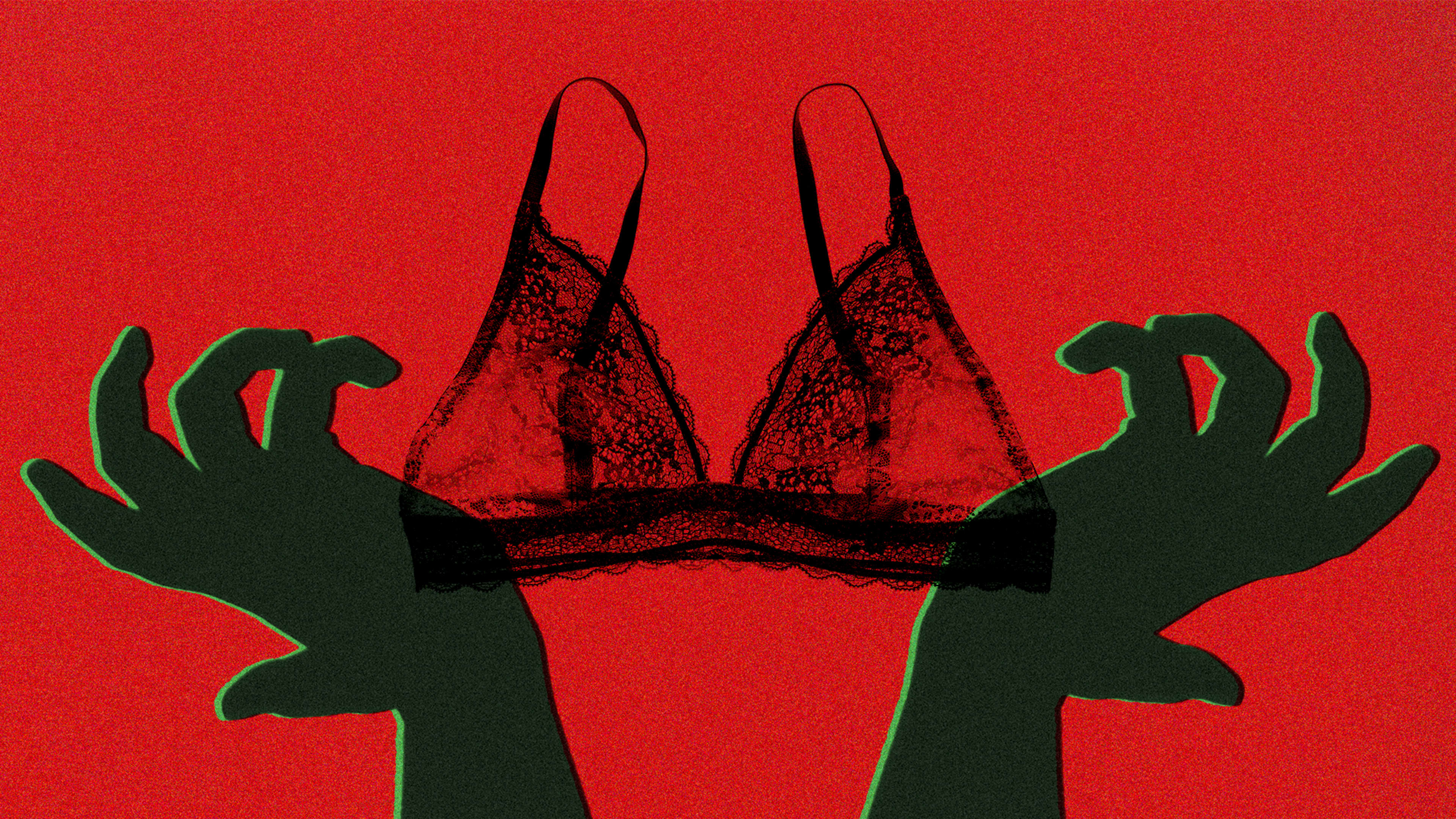Sexy lingerie was so 2018.
It’s one of the reasons Victoria’s Secret is struggling. In the post-#MeToo era, women haven’t been keen on the brand’s oversexualized marketing, which focuses more on the male gaze than on women’s comfort. The brand’s annual fashion show, featuring models in angel’s wings and diamond-encrusted bras, had historically low ratings last year. There have been petitions and full-page ads in the New York Times decrying Victoria’s Secret’s lack of body inclusivity. And all this is having an impact on the brand’s bottom line, earning Victoria’s Secret the name “the Sears of brassieres.”

And yet, somehow, Suzanne Macbale, a former Victoria’s Secret executive, decided that now was the right time to launch her own lingerie brand, LoveSuze, that is even more sexually charged than Victoria’s Secret. Her brand’s conceit is that it only offers one size. How does this work according to the rule of physics, you might ask? Well, the pieces don’t cover a lot. In fact, the bra section only features one bra–which is made of sheer lace–and the two other “garments” (if you can call them that) are nipple covers. The kind a stripper might wear.

Macbale makes the case that the sizing of her products makes them more inclusive. “Our one-size technology and elastic simplifies lingerie, so you can focus on why you’re wearing it in the first place,” she writes in an email. “My goal for the brand is to be accessible to everyone: men, women, transgender men and women, and the entire LGBTQ community.”
She then goes on to explain her approach to sexuality: “There’s nothing wrong with being sexy, but what’s wrong is advertising that there is only one look or one way to be sexy, and that’s not what LoveSuze is about.”
However, when you look at the pieces in the LoveSuze collection, they are very clearly reminiscent of a boudoir, or, more crudely, a strip-show aesthetic. It’s a very narrow vision of sexuality, one that focuses not on the wearer’s comfort, but on the viewer’s pleasure. A nipple cover, after all, provides absolutely no support. It’s entirely there to titillate your partner. In the current climate, these clothes promote a retrograde idea of sexuality.
Even men’s shaving brand Gillette, which once promoted toxic masculinity, is adjusting its message for this new era. Isn’t it time women’s lingerie brands do the same?
Recognize your brand’s excellence by applying to this year’s Brands That Matter Awards before the final deadline, June 7.
Sign up for Brands That Matter notifications here.
